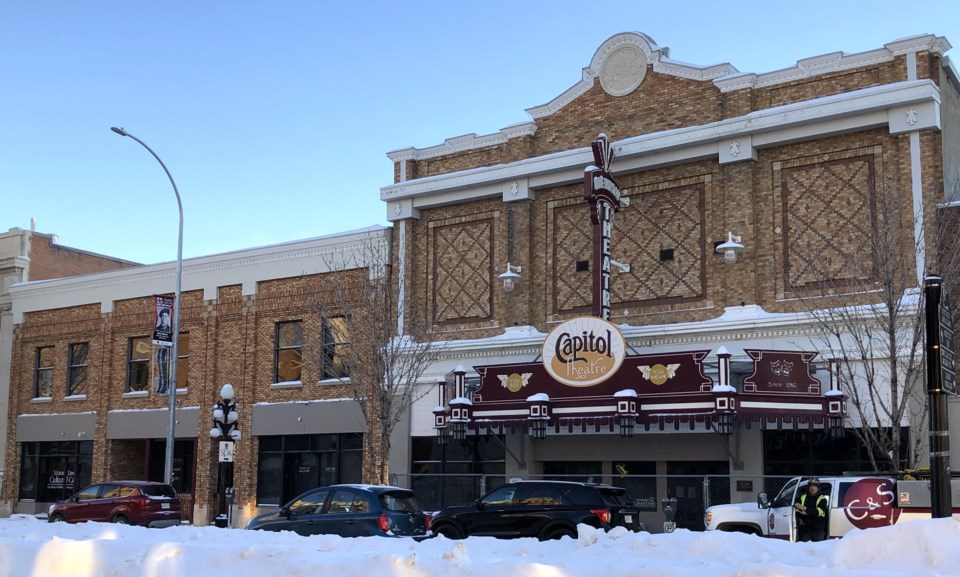MOOSE JAW — The was one highlight this year for the venue, along with the fact it returned to being a place of bustling activity.
The Moose Jaw Centre for Arts and Culture (MJCAC) rebranded with a new name and logo because the organization had been long confused with the Moose Jaw Multicultural Council, executive director Sarah Simison told city council during its recent third-party community group budget meeting.
, officials thought it would be a “perfect time” to rename itself and develop a new logo, she continued. Jared Robinson from Nebulous Entertainment developed a logo that enhanced recognition that the venue’s art-related activities sit on a foundation of culture.
Simison added that the Mae Wilson Theatre is well-known and attracts many artists, including Saskatchewan musician Jeffrey Straker, who has described the theatre as the “Carnegie Hall of Saskatchewan.” This shows how lucky Moose Jaw is to have such a venue.
MJCAC is asking for $179,068 in funding for 2025, an increase of $5,216 over this year. The executive director noted that the centre’s funding includes ticket sales (54.8 per cent), municipal (21.4 per cent), rentals (8.2 per cent), grants (4.5 per cent), sponsorships (4.4 per cent) and venue fees (3.3 per cent).
“As you can see … much of our funding is self-generated, followed by City of Moose Jaw funding,” she said. “And as we all know, portfolio diversification is a more stable way to operate, so we are working hard to increase grants, sponsorships and fundraising efforts.”
Simison is the third person to hold the executive director role and has received zero support from previous administrations. So, she and her team have been “reinventing the wheel” by cleaning up financial errors from past years. They hope to have a clean slate next year, which is important since visitor numbers have been increasing.
The venue estimates that roughly 33,000 people have accessed the building this year, which is about 1,000 more than last year, she pointed out. Further, MJCAC has hosted 235 events, meetings and programs and sold 19,000 tickets, which is 2,000 more than last year; many more people are coming from outside the community.
“… our job is to find the balance between what makes the building money without pricing ourselves out of the market in a way that leaves us without tenants or patrons,” Simison continued.
Revenue from tenants last year was nearly $65,000, which is the highest the venue has had since 2019 and is due to more tenants — the most ever — occupying most spaces within the building, with the most successful program being the drop-in pottery studio.
“Our entire building is finally being used the way it was meant to, bustling with working artists, emerging artists, performances and community cultural activities,” Simison said.
Simison added that she and her team hope to repaint the Mae Wilson Theatre next year because it is peeling and “looking shabby,” while the city needs to perform work on the basement to address structural issues.
Coun. Dawn Luhning inquired about the venue’s rental income from tenants, pointing out that three groups appear not to pay rent at all.
Every group pays rent except the Wakamow Aboriginal Community Association (WACA), a decision the city made to promote truth and reconciliation and because the organization was without office space, said Simison. The centre won’t charge WACA rent as long as it remains, while it will also help them find programming.
“Our first conversation with any potential tenants is, ‘What can you afford?’ The place was empty before, which was zero income,” she continued. “So, leaving rooms empty was not a great business decision.”
Simison added that the venue has raised every tenant’s rent during the past year to cover costs.
Coun. Heather Eby appreciated hearing how the building was “bustling with activity” again and that it was offering standardized contracts to everyone. She believed that those contracts showed how the venue was looking to find other efficiencies.
The next budget meeting is in January.




